Family
Why Disaster Preparedness is Important: Take Action Now
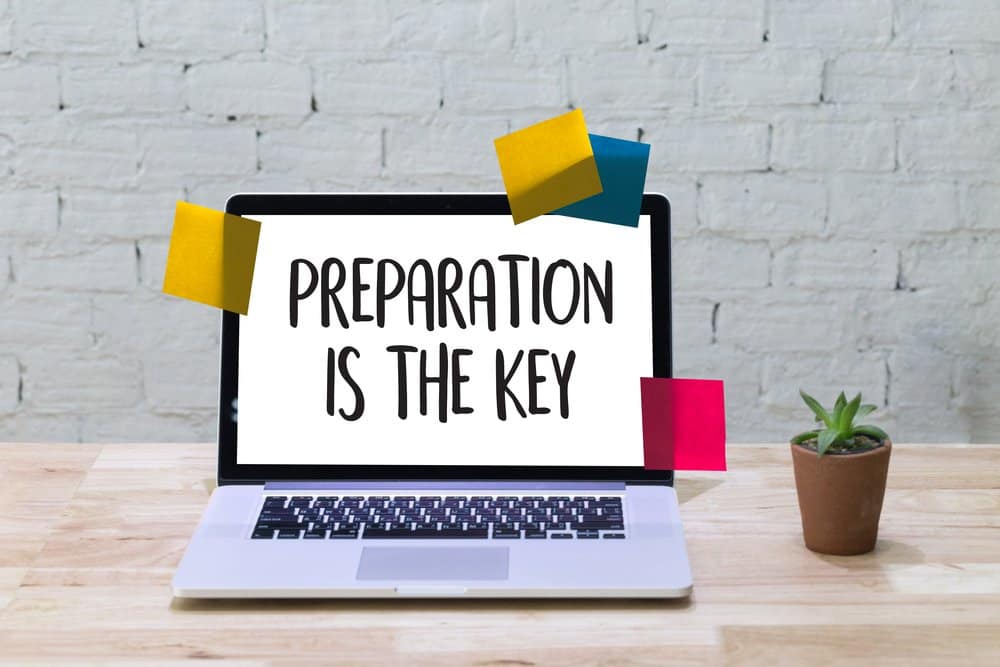
The United States ranks second among countries with the most natural disasters. In fact, in 2015 we fell just behind China with 22 such events and China with 36. This alone should make us all stand up and pay attention to how well we are preparing for disasters. Disaster preparedness matters and could make a difference between life and death.
We Will All Face A Disaster at Some Point
It doesn’t matter where you live; the chances are that sooner or later you’ll face some disaster that will leave you without power, water, or access to buy more. It could be a natural disaster like a hurricane, snow storm, flood, tornado, or earthquake. Or it could be a manmade disaster that has the power grid failing or requires you to stay put in your home for a few days or even weeks. The world can be a harsh place, but there’s something we can do. We can prepare for the disasters most likely to occur in our area.
Your first step in your disaster preparedness should be to find out what types of emergency situations you need to get ready for. Take a few minutes to review the types of disasters your area is prone to. This is particularly important for natural disasters. If you live in Florida or the South Easter US coast, you should prepare for hurricane season. If you live in the North East or south of the Great Lakes, you should get ready for big snow storms. If you’re in the Mid-West, or South West, chances are you’ll come across a tornado or two. In California, you may prepare for earthquakes and fires.
Next, think about possible man-made disasters. If you live near a dam, you may need a plan of action for flooding. If you live near a nuclear plant, you should think about a way to get out quickly if something were to happen at the plant. You get the idea. What disasters we prepare for will be different for a lot of us and what sort of emergency plan you have will depend on those variables.
Once you have your list of disasters that you need to prepare for, it may be a good idea to consider if and when you would try to prepare to stay at your home and ride it out, and when it may be time to evacuate. Obviously, those decisions may be outside of your control, such as in the event of a mandatory evacuation, but there will also be plenty of times when the decision is up to you.
What makes the most sense to you and your family? If you can stay put, you can take care of issues as they pop up and prevent further damage. If a storm blows out a window, you can board it up and prevent water from coming in for example. At other times, it may be safer and more convenient to get out of the disaster’s way. For those cases as well as mandatory evacuation, think about where you would go.
Do you have family or friends you can stay with? If that’s not an option, look into an area you may want to travel to and get the numbers of a few hotels. Things move fast when a storm hits and evacuations are ordered. You don’t want to waste time on trying to make those decisions then and lose out in a hotel room for yourself and your loved ones. Shelters should always be a last resort. Trust me; it’s not the most comfortable place to make it through a disaster.
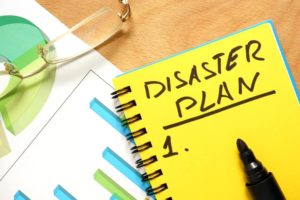
Make An Emergency Preparedness Plan For Your Family
Let’s face it. Sooner or later your family will encounter a natural disaster or similar emergency event that requires you to jump into action to stay safe and sound. Doing so will become much easier when you go in prepared and with a plan. Here are three basic questions that you should ask yourself to formulate an emergency preparedness plan for your family.
Where Will You Go?
The first question you need to ask yourself is where you will go when an emergency arises. Will you stay at home and shelter in place? Will you head out of town and evacuate? If you are heading out, where will you go and where will you stay?
These are important questions, and you don’t want to make those decisions when you are in the middle of a disaster. Those are stressful times, and it can be hard to make smart decisions quickly in those situations. A big part of your emergency preparedness plan should be to think through possible scenarios and then get the information you need ahead of time. For example, figure out what routes you can take to get out of the area, determine where you want to go if possible, and then get the contact information for a hotel or the people you’ll be staying with.
How Will You Stay In Touch?
There is nothing scarier than not being able to get in touch with loved ones during a disaster or emergency event. Just as important is being able to get news and emergency alerts or announcements. Think about how you will accomplish this both while you’re on the road and when you’re staying in your home or emergency shelter.
Making sure everyone has a mobile phone is a great start. Don’t forget that these devices need to be charged. Having chargers, including car chargers with you, is a must. An additional battery or a backup power supply will come in very handy as well.
Be conservative with your device use to make the battery power last as long as possible. It’s important to talk to your kids about this ahead of a disaster and remind them regularly.
Don’t rely on just your smartphone for news and communication. A backup plan will come in handy when you can’t get a good connection or run out of power on your device. Designate a meeting point or a person that everyone contacts when you can’t get a hold of each other. Have a backup solution for finding out what’s going on like a weather radio.
Being prepared matters
The more prepared you are, the safer and more comfortable you’ll be when the inevitable happens. Depending on what natural disaster you face, where you live, who is part of your family, and simple things like the weather will determine the supplies you need.
Start with the basics you need for survival including food, water, shelter, and medication. Don’t forget about your pets. From there, start thinking about creature comforts like light, entertainment, and the likes. Having a headlamp or flashlight and a good book can make waiting out a power outage a lot more pleasant. Add a cup of hot chocolate made with a camping stove, hot water, and instant cocoa mix makes it even more pleasant. Be prepared, and you’ll greatly increase your chances of making it through the emergency or disaster just fine.
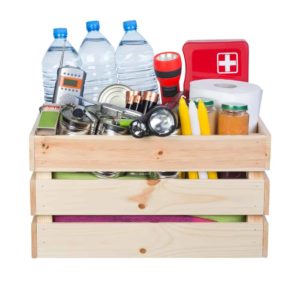
What Emergency Supplies Do You Need In Your Disaster Preparedness Toolkit?
Let me ask you something? Do you have a disaster kit? If not, it’s something you should work on right away. You never know when you’ll find yourself in a situation where you have to manage without power, internet, or the ability to head out to the store to buy what you need.
Food and water
Store at least a gallon of drinking water per person per day. Aim for supplies that last you three to eight days depending on the situation you’re in. In the case of a major weather event or other natural disasters, it may take a while for rescuers and supplies to make it to your area.
We’ve become so reliant on our faucets that it’s easy to forget that we should store water for a few days whenever something happens. One of the first things you should do when you’re prepping for an imminent emergency is to store some water. Buy a few bottles or gallons at the store, or fill up containers at home. Keep a water filter, or a little Clorox on hand to keep water drinkable for longer time periods.
While human beings can go a surprisingly long period of time without food, involuntary fasting isn’t particularly pleasant.
Emergency food storage doesn’t have to be complicated or expensive. In fact, it can be mainly comprised of items your family is already eating. Before you go out and start buying all the water, bread, and milk you can get your hands on, figure out how long you want to prepare for.
Think about the non-perishable food that your family will eat. Choose food that you can eat as is. Crackers and peanut butter are a good choice, as are canned beans, soups, and the likes. Canned tuna or chicken makes for a great protein source. Bread is another good option along with your favorite non-perishable sandwich toppings. Don’t forget about things like granola bars, protein bars, nuts or beef jerky that you can eat right from the package
In addition, start to stock up if the time of year approaches where natural disasters can occur. Don’t forget to bring some of this emergency food supply with you when you need to evacuate. You can’t always rely on others to provide you with food and stores and restaurants along the way may be closed.
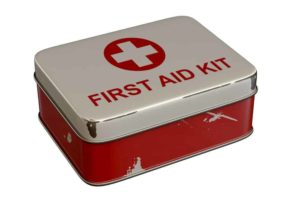
Medical Supplies and first aid
Let’s talk about a first aid kit. The size of your kit will depend on the size of your family. Start with a standard kit available at your local store and then add any and all medications you and your loved ones take and need. Check this kit and the rest of your disaster supplies regularly to make sure you’re prepared when you need to grab your supplies and leave quickly.
Clothing and bedding
If you are getting on the road or sheltering somewhere outside your home, it’s important to have clothing and bedding to make it until you can get back home. Since many natural disasters can pop up quite quickly, it’s a smart idea to make a small pack of clothing part of your emergency kit. Throw in a couple of pairs of underwear, a pair of pants, a couple of shirts, and you’re good to go. Remember, this isn’t your travel wardrobe. This is the dire emergency stuff you have in your kit “just in case”.
Adding a small pillow, a sheet, and a light blanket is also a good idea. Keep it in your car when the situation warrants it.
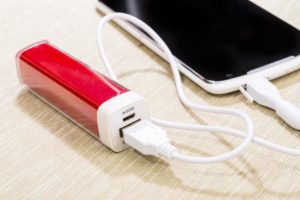
Communication
Aside from food and water, communication will be your biggest concern in an emergency event. You need to know what’s going on and you are going to want to get in touch with loved ones. Start with cell phones and chargers. They should be a high priority item that makes it into your emergency at the last minute. You may also want to keep a backup power supply or extra batteries for your phones in the kit. Make sure they are charged as well.
Don’t rely on just your smartphone. Having a weather radio in your kit along with some spare batteries is always a good idea. You should also keep a list of emergency contact information including addresses and phone numbers in there along with some old-fashioned maps. They will come in handy when the wireless system fails, or your phone dies.
Flashlight and batteries
Things always seem worse in the dark, don’t they? And not just that. It can be downright dangerous to move around outside, or even inside your home without a reliable source of light. Candles will work in a pinch, but they also bring the risk of setting your surroundings on fire. Instead, make sure your kit includes several flashlights and spare batteries. Headlamps are particularly helpful when you’re trying to move around get stuff done.
Weather radio
The next important item that makes it on the list is a small battery operated weather radio. Keep a set of spare batteries with it as well. This is important because you will need the latest weather and government updates as well as news. Don’t rely on your phone and the internet as your only source for information. The network could go down or overload. This makes an important backup.
Miscellaneous supplies
Last but not least let’s talk about some miscellaneous stuff that will come in handy. If you have a baby or pet, make sure you have plenty of supplies to keep them happy and healthy. Stock up on diapers, make sure you have a pet carrier and leash and don’t forget about food and water for everyone, including pets. If you’re traveling or evacuating with a pet, check on places that will allow you to bring your furry friends.
A small kit with some plastic bags, tarps, duct tape and a few basic tools will also come in handy if you need to fix a leak or broken window. In short, be prepared and ready for anything.
Now, you are ready for a disaster. Don’t you feel better?
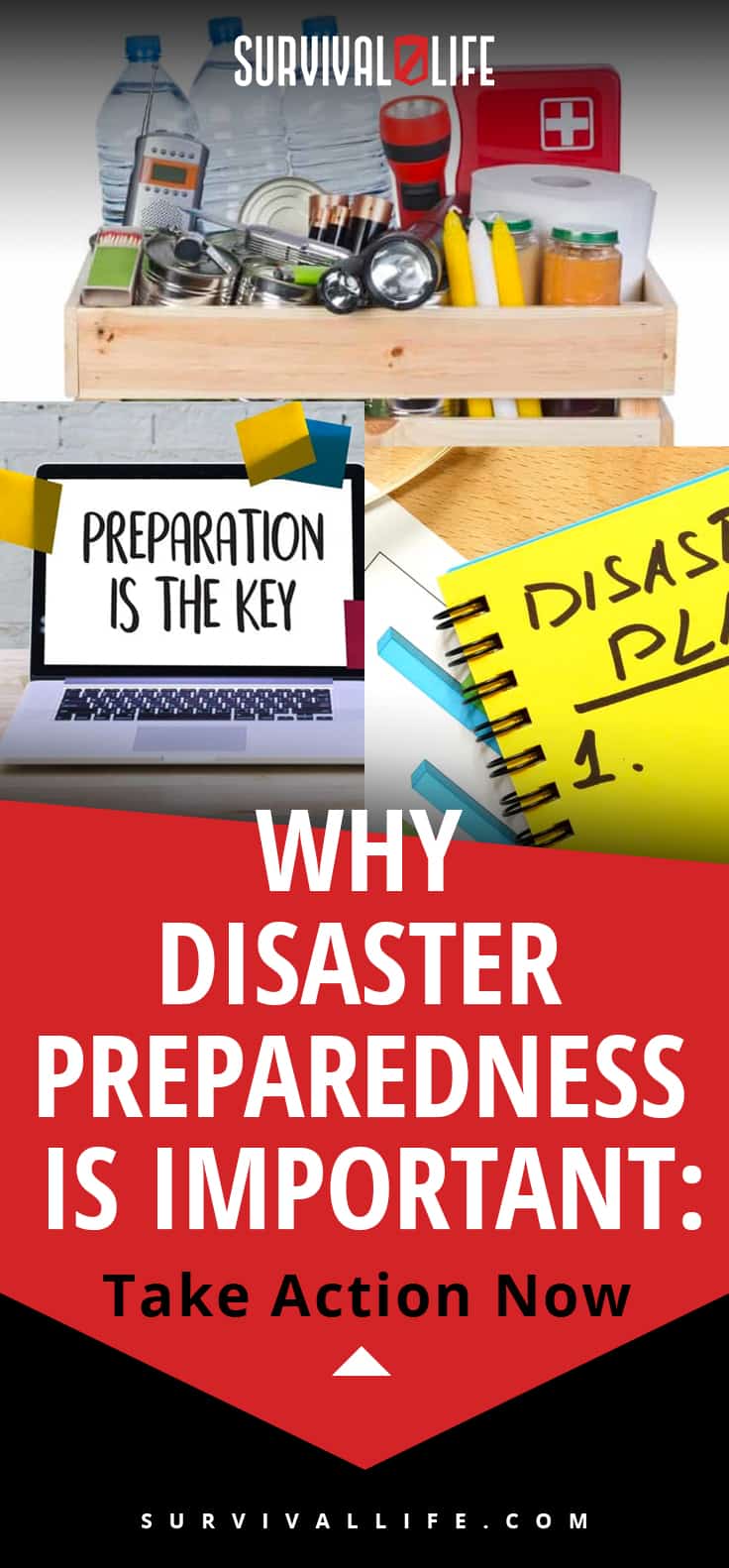
-

 Do It Yourself7 months ago
Do It Yourself7 months agoParacord Projects | 36 Cool Paracord Ideas For Your Paracord Survival Projects
-

 Do It Yourself9 months ago
Do It Yourself9 months agoHow To Make Paracord Survival Bracelets | DIY Survival Prepping
-

 Do It Yourself9 months ago
Do It Yourself9 months ago21 Home Remedies For Toothache Pain Relief
-

 Do It Yourself10 months ago
Do It Yourself10 months agoSurvival DIY: How To Melt Aluminum Cans For Casting
-

 Exports8 months ago
Exports8 months agoAre Switchblades Legal? Knife Laws By State



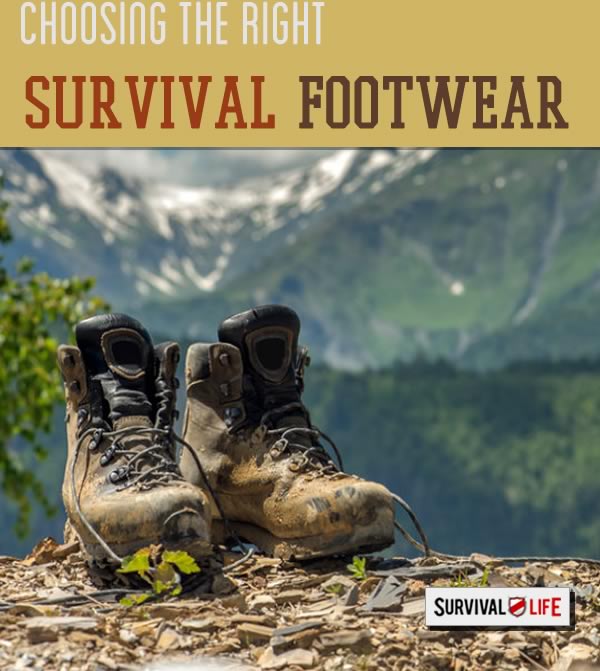
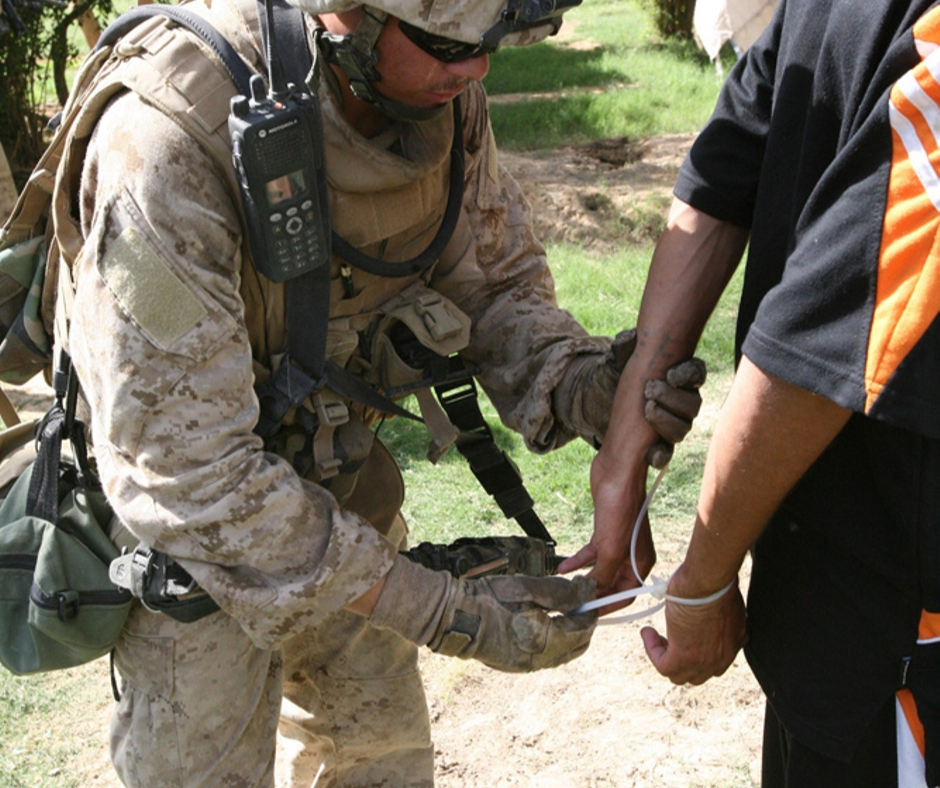
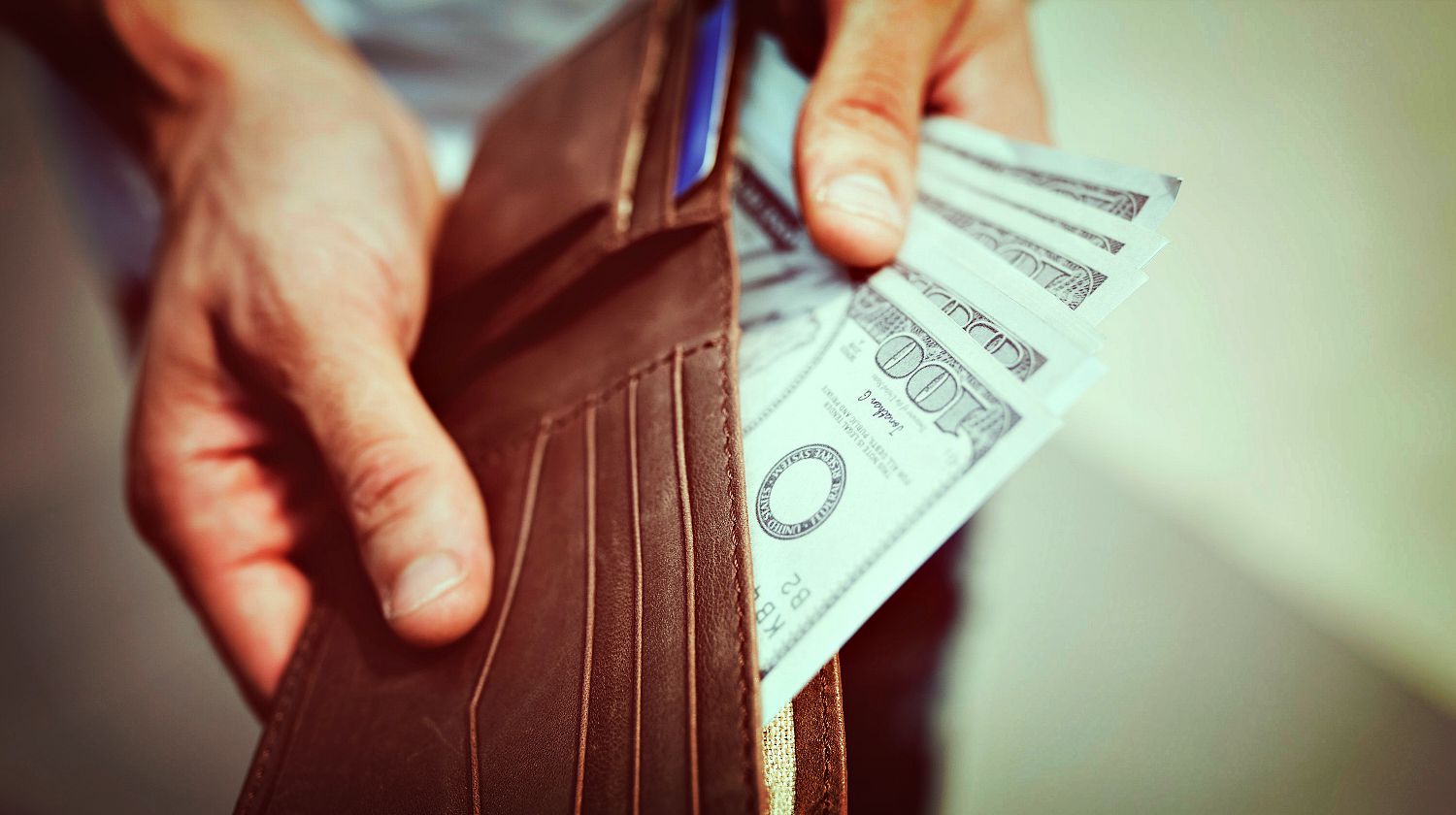
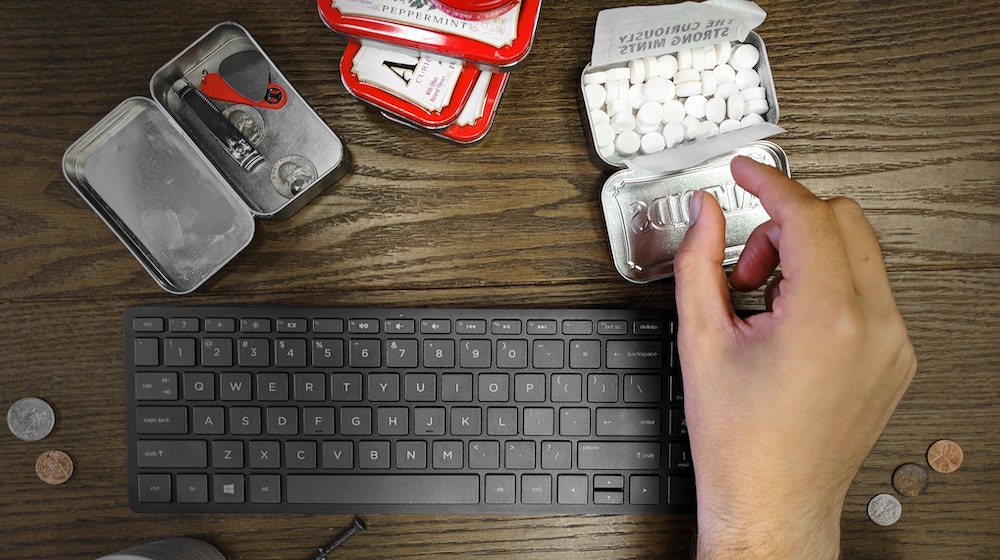

Pingback: Why Disaster Preparedness is Important: Take Action Now – Survive The Outdoors
Paul
December 16, 2017 at 3:28 AM
You should also have an “older school” type cell phone that is charged. Like the old Nokia phones. They will last a LOT longer battery wise on phone calls and texts. Yes, you’ll have to get re-used to the old way of txting, i.e. no swypeing but that’s the price you pay for having a battery that can last up to 2 weeks on standby. Plus they are smaller and fit easily into your pockets. Sometimes the old ways are just better… : )
Pingback: Why Disaster Preparedness is Important: Take Action Now | bushcraft
Pingback: 5 Emergency Water Storage Tips For Preppers Like You
Pingback: 8 Emergency Water Storage Tips For Preppers Like You - Survive!
Pingback: 8 Emergency Water Storage Tips For Preppers Like You
Pingback: Underground Bunkers' Weakness | Survival Life
Pingback: The Weakness Of Underground Bunkers - Survive!
Pingback: The Weakness Of Underground Bunkers - Survival Patch
Pingback: Underground Bunkers | Important Things to Consider | survivalisthandbook.com
Pingback: Why A Shemagh Is Part Of My Travel Go Bag [Survival Life]
Pingback: How Bolt Cutters Can Help You For Your Emergency | Survival Life
Pingback: How Bolt Cutters Can Help You For Your Emergency | Primitive technology
Pingback: How Bolt Cutters Can Help You For Your Emergency – Ultimate Survival Alerts
Pingback: Flood Survival Tips | How To Survive Before, During, And After A Flood
Paul
March 17, 2019 at 10:12 PM
I definitely agree to the cell phone comment!
Pingback: Flood Survival Tips | How To Survive Before, During, And After A Flood | Primitive technology
Pingback: Flood Survival Tips | How To Survive Before, During, And After A Flood - Survival Patch
Pingback: Hurricane Survival Guide For Every Prepper – The Self-Sufficient Life
Pingback: Hurricane Survival Guide For Every Prepper - Primal Survival
Pingback: Hurricane Survival Guide For Every Prepper – surviveurself
Pingback: Hurricane Survival Guide For Every Prepper – Alive After USA Fall
Pingback: Hurricane Survival Guide For Every Prepper - Cooking in Quarantine
Pingback: Hurricane Survival Guide For Every Prepper – Bulletproof Survivors
Pingback: Hurricane Survival Guide For Every Prepper – Sprent Brass
Pingback: Hurricane Survival Guide For Every Prepper – SurvivalHood
Pingback: Dead Preppers Don’t Lie – 8 Ways to Avoid Danger, Death and Disaster [PODCAST] – The Self-Sufficient Life
Pingback: Dead Preppers Don’t Lie – 8 Ways to Avoid Danger, Death and Disaster [PODCAST] – Alive After USA Fall
Pingback: Dead Preppers Don’t Lie – 8 Ways to Avoid Danger, Death and Disaster [PODCAST] – surviveurself
Pingback: Dead Preppers Don’t Lie – 8 Ways to Avoid Danger, Death and Disaster [PODCAST] - Cooking in Quarantine
Pingback: Dead Preppers Don’t Lie – 8 Ways to Avoid Danger, Death and Disaster [PODCAST] – SurvivalHood
Pingback: Dead Preppers Don’t Lie – 8 Ways to Avoid Danger, Death and Disaster [PODCAST] | Best Go Bag
Claire Masters
October 18, 2021 at 1:56 AM
Thanks for this very helpful information and I will definitely note that I should remember the routes of safe places we can go. my family might be moving to a hurricane-prone area soon. So, it’s really best to consider all precautions and I think it would also be good to invest in shelter systems.
Tammie Houston
October 18, 2021 at 2:07 AM
Thanks for this article, what with my kids moving away for college and whatnot it’s got me a bit scared of how prepared they are in case of a storm like how Katrina was in the past. This is article is really helpful and I’ll have to make a note of some of the tips you made. It’s great that you mentioned the necessities anyone will need in case of a disaster. I’ll have to make sure we buy a disaster relief shelter for me and my family that my kids can go to in case of a large disaster. I’ll also have to make sure I pack all the emergency supplies you said. I’ll talk to my husband about these things and try my best to convince him that we need to make sure we’re always prepared for disasters as much as possible. https://www.isoshelter.net/disaster-relief-shelters/